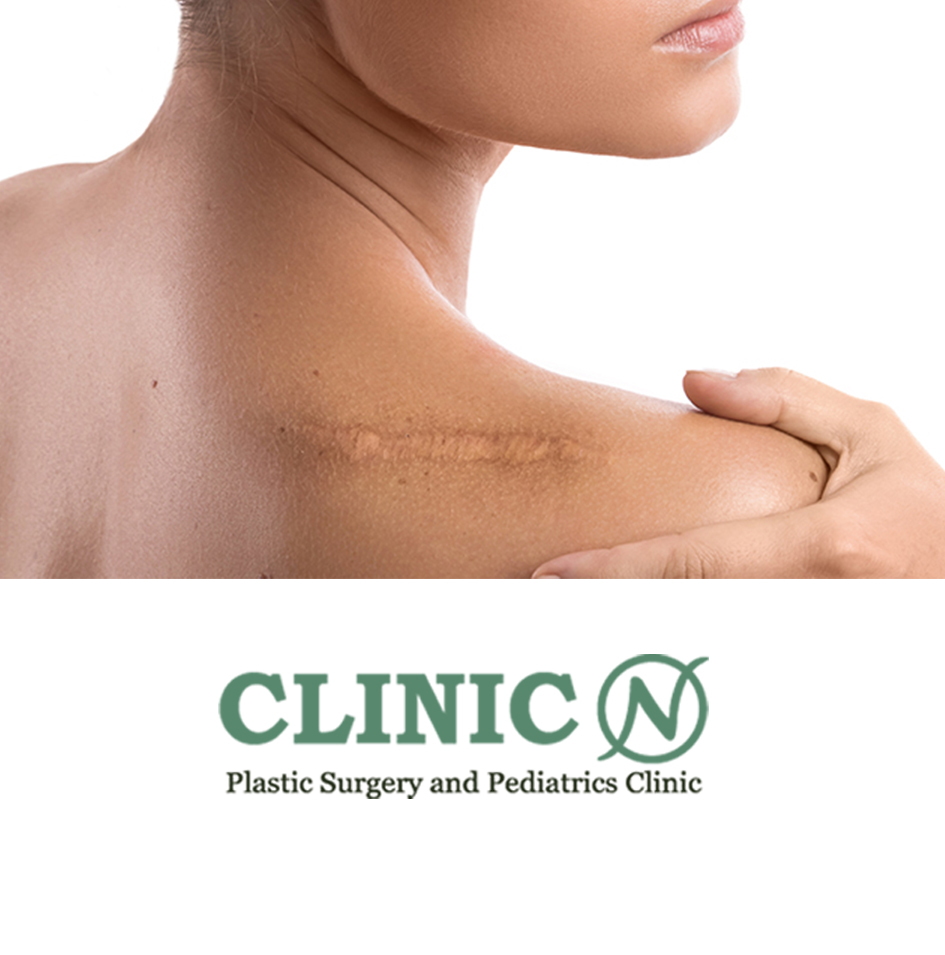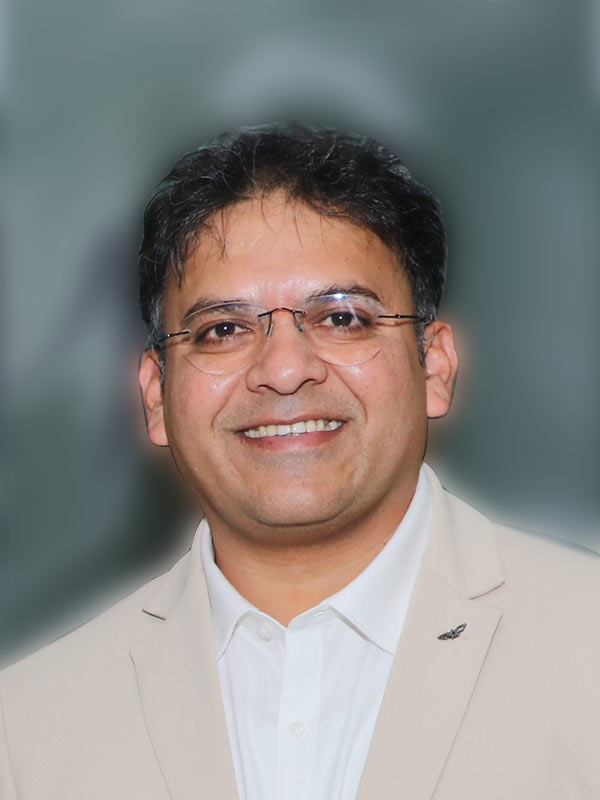Scar revision treatment
The advanced dermatological treatments available at Clinic-N

What are Scars ?
A scar is the body’s natural way of healing and replacing lost or damaged skin. Generally scars are composed of fibrous tissue. Scars can be formed for many different reasons, including as a result of infections, surgery, injuries, or inflammation of tissue. Scars may appear anywhere on the body, and the composition of a scar may vary–appearing flat, lumpy, sunken, or colored. The scar may be painful or itchy. The final look of a scar depends on many factors, including the skin type and location on the body.
What are the different types of scars and scar treatments?
There are many different types of scars, including the following:
Keloid scar treatment and scar tissue removal
These are thick, rounded, irregular clusters of scar tissue that grow at the site of a wound on the skin, but beyond the edges of the borders of the wound. They often appear red or darker in color, as compared to the surrounding normal skin. Keloids are formed from skin cells and connective tissue (fibroblasts) that begin multiplying to repair the damage. These scars may appear anywhere on the body, but more commonly on the face, neck, ears, chest, or shoulders. They occur more often in darker-skinned people. Keloid scars may occur up to one year after the original trauma to the skin.
Hypertrophic scars
Hypertrophic scars are similar to keloid scars; however, their growth is confined within the boundaries of the original skin defect. These scars may also appear red, and are usually thick and elevated. Hypertrophic scars usually start to develop within weeks after the injury to the skin. Hypertrophic scars may improve naturally, although this process may take up to a year or more.
Contractures
Contractures are an abnormal occurrence that happens when a large area of skin is damaged and lost, resulting in a scar. The scar formation pulls the edges of the skin together, causing a tight area of skin. This can also occur as scars heal. The decrease in the size of the skin can then affect the muscles, joints, and tendons, causing a decrease in movement.
Stretch marks. These scars happen when the skin stretches rapidly (for example, during pregnancy) or when the skin is under tension (near a joint, for example) during the healing process.
Atrophic scars. These are indented scars that happen when your skin heals below the normal layer of skin due to a lack of tissue. They’re common in cases of severe acne or chickenpox.
FAQ
Scar creams are generally effective for a range of scars, including minor cuts, burns, and surgical scars. However, their effectiveness can vary, and they may be more suitable for newer scars. If our cosmetic surgeon feels that a scar cream will suffice, he will prescribe you the right cream as well. So not all patients need elaborate scar treatments.
Results vary depending on the type and severity of scars. While some improvements may be noticeable shortly after treatment, optimal results may take several months as the skin continues to heal and regenerate.
Our personalized approach allows us to tailor treatments to each patient’s unique needs. During a consultation, our experienced surgeons will assess your scars and recommend a customized plan for optimal results.
Scar excision involves surgically removing a scar and then closing the incision with meticulous care. This technique is suitable for certain types of scars and is often combined with other procedures for comprehensive results.

Get free Consultation !
Please call or submit the form and we will be happy to assist you.
2nd floor, Fairmount Fortune One, A216, Sunday market, near Metro Station Erragadda, near Erragadda, Czech Colony, Sanath Nagar, Hyderabad, Telangana 500018
